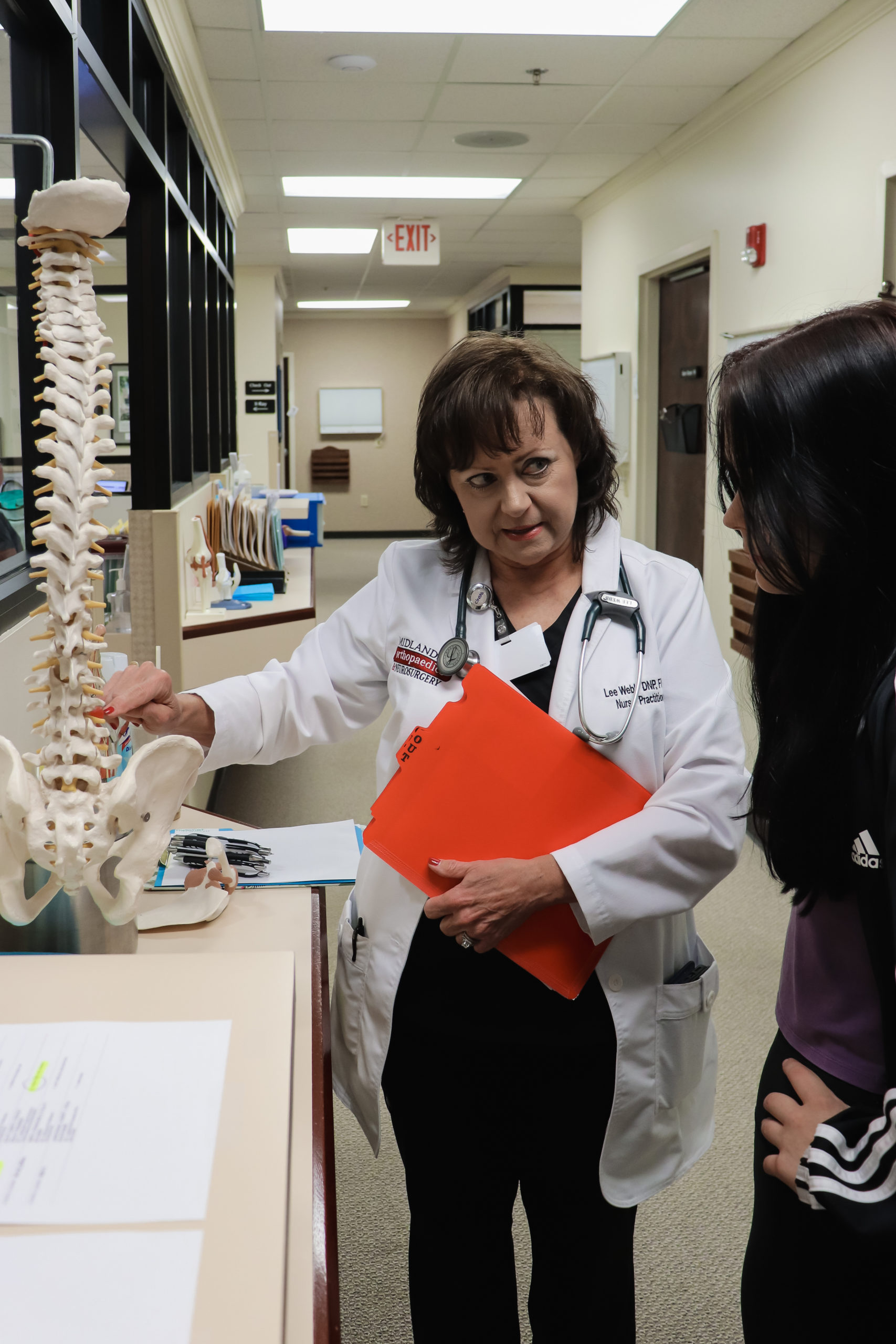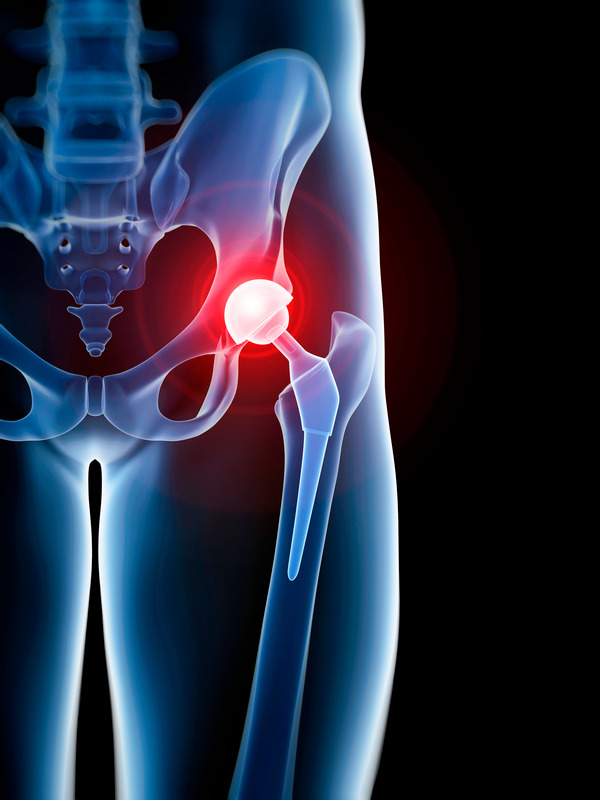Orthopedic Hip Surgeon in Downtown Columbia, South Carolina
Planning Out Your Procedure
What is Hip Surgery?
Hip replacement, known medically as hip arthroplasty, is a critical procedure for alleviating hip pain. It involves the insertion of artificial implants to replace the hip joint, comprising a ball on the femur and a socket in the pelvis. This operation significantly reduces pain, helping patients return to normal activities and exercise routines.
Why Would I Need Hip Replacement Surgery?
Hip replacement surgery, also known as total hip arthroplasty, is often recommended for individuals suffering from various conditions that significantly impair hip function and cause chronic pain. Some of the primary causes for undergoing hip replacement surgery include:
Osteoarthritis: This is the most common reason for hip replacement surgery. Osteoarthritis causes the cartilage that cushions the bones of the hip to deteriorate, leading to pain and stiffness.
Rheumatoid Arthritis: This autoimmune disease can cause joint inflammation and deterioration of cartilage and bones, including those in the hip.
Injury or Fracture: Severe hip injuries or fractures can lead to hip replacement conditions. In some cases, the damage might be so extensive that repair is not feasible, necessitating a replacement.
Wear and Tear due to Age: Over time, the hip joint can simply wear out, particularly in older adults, leading to pain and mobility issues that might require replacement.
Post-traumatic Arthritis: Arthritis that develops after an injury to the hip, such as a severe fracture or dislocation, can cause degeneration over time, leading to the need for replacement.
Each case is unique, and the decision to undergo hip replacement surgery is typically made after a thorough evaluation by an orthopedic surgeon, considering the individual’s overall health, the severity of the hip damage, and how much it affects their quality of life.

What Should I Expect After Hip Replacement Surgery?
The duration of your hip replacement’s effectiveness depends on various factors, including age, materials used, and activity level. Here are some insights:
- Metal-plastic hip replacements typically last 10–15 years for patients around 70.
- Younger patients aged 40–60 see a drop in implant survivability.
- Advanced options like ceramic-ceramic and small-bearing hip replacements show promising results in younger patients.
Patients are typically encouraged to start moving and walking with assistance within a day after surgery to promote blood flow and prevent clots. Patients often use walking aids like crutches or a walker. Physical therapy starts to restore the range of motion and strengthen the hip and leg. Most people can resume everyday activities such as walking and light household chores gradually during recovery.
How Do I Get The Best Results From Hip Replacement Surgery?
Patients with obesity or low bone density face higher risks post-surgery. At our Columbia, Irmo, Lexington, and Northeast Columbia centers, we conduct comprehensive pre-surgery assessments like DEXA scans and vitamin D level checks to ensure optimal outcomes.
Are you seeking relief from hip pain and mobility issues? Midlands Orthopaedics and Neurosurgery brings cutting-edge hip replacement solutions, now accessible across South Carolina. Whether you’re in the vibrant heart of Downtown Columbia, the scenic surroundings of Irmo, the growing community of Lexington, or the bustling Northeast, expert orthopedic care is just a step away.
Our dedicated team offers world-class treatment and compassionate care tailored to your needs. At Midlands Orthopaedics and Neurosurgery, we utilize the latest techniques and technologies to ensure the best outcomes for our patients.
The physicians at Midlands Orthopaedics & Neurosurgery will ensure the most comprehensive approach to help find relief for you in the quickest way possible.

Are you experiencing hip pain and discomfort?
Contact us to schedule an appointment to speak with one of our orthopedic doctors at one of our locations near you or give us a call at (803) 256-4107.
Frequently Asked Questions
first
Your content goes here. Edit or remove this text inline or in the module Content settings. You can also style every aspect of this content in the module Design settings and even apply custom CSS to this text in the module Advanced settings.
What is minimally invasive surgery?
Are metal ions only present for one year after surgery?
What is an FDA-approved implant?
What is a FDA procedure?
Why do total hip replacements dislocate?
Why are there so many restrictions with THR?
Can you lengthen my leg with a hip replacement?
What is the advantage of minimally invasive surgery?
What is the best bearing surface in hip replacement?
I believe metal on metal bearing is the best choice for hip replacement for the following two reasons:
- Extremely durable surface that is unlikely to ever wear out.
- Stability of the joint. Using a metal on metal bearing surface allows the manufacture of a large bearing hip joint that will not dislocate. Traditional hip replacements are not durable enough for many of today’s younger more active patients. Traditional metal on plastic bearing devices have been shown to have a failure rate of (30 % ) by seven years in this patient group. Recently several new bearing couples have been developed as more durable options:
- Crosslinked polyethylene – more durable than standard plastic but still not well tested. Previous modifications in plastics have been very unsuccessful.
- Ceramic on Ceramic – very durable bearing surface. Unlikely to ever wear out. However , manufacture of this brittle material is very tricky , occasionally resulting in failure by fracture of the ceramic parts while in use.
- Metal-on-Metal – very durable bearing surface. Unlikely to ever wear out. No possibility of cracking like ceramic. Although metal-on-metal and ceramics are equally durable bearing surfaces , a metal on metal bearing has one distinct advantage over all other bearing surfaces.
Large diameter joint replacements can be manufactured which allow the surgeons to reconstruct the hip in a mechanically sound fashion similar to a patient’s original hip and thus avoid dislocation after surgery. This is a major advantage that should not be underestimated. It is estimated that 5-7% of patients with total hip replacement will suffer dislocation over ten years. With large bearing joints the chance is less than 1 %. The improved stability makes it possible for us to offer patients a new hip without all of the traditional restrictions of total hip replacement. (Restrictions used to include no deep bending , crouching or crossing legs) , patients can now kayak , participate in dance , gymnastics , martial arts , etc. There is one potential problem with metal-on-metal bearings. Normal wear results in release of metal particles into the body. One problem with any artificial bearing surface is the wear regenerated by normal daily wear and tear. Large volumes of plastic generated by metal on plastic (traditional) replacements result in large amounts of bone destruction , (osteolysis) around implants and has been the major cause for failure in young patients. Both ceramic-on-ceramic and metal-on-metal devices generate about 99% less wear debris than traditional bearings and the debris generated seems to cause less irritation to the bone than plastic debris does. There has been some speculation of the potential for metal debris to cause cancer. However , with careful studies to date , no links have been demonstrated. My opinion is that the advantage of metal on metal bearings strongly outweighs the potential risks. Now we can return patients to normal function with almost no restrictions and expect their implants to last more than 10 years at very high activity levels. Most patients will never require another operation on their hip. If ceramic-on-ceramic or metal-on-crosslinked polyethylene bearings are used , wear is also not a problem , but significant restrictions remain. No running or jumping can be allowed due to the risk of fracture of the implant: no crossing of the legs or extreme bending can be allowed due to the risk of dislocation. I am surprised that any person would choose anything other than a large metal-on-metal bearing!
What complications can occur?
Why are most surgeons not performing hip surface replacement?
What surgeons perform hip surface replacement?
Is hip surface replacement experimental surgery?
How long is the recovery?
What is the advantage of a hip surface replacement?
There are pros and cons. The advantages include:
- Less bone is removed
- It is more durable than standard total hip replacement in young people (96% survivorship at 8 years in the English literature) ,
- Stability is better: a. no dislocation b. Minimal early postoperative hip precautions c. No hip precautions after 6 months
- No thigh pain ,
- Less risk of blood clots (3 in 700 in my experience , compared to 10% with total hip replacement) ,
- Less blood loss in surgery (transfusion is required in less than 1% in patients with a preoperative hemoglobin greater than 13; there is no need for autologous blood collection).
Recently large bearing metal-metal total hip replacements have become available as well (Biomet Magnum , released 12/2004 in the US market). We expect them to be just as durable and stable as hip surface replacement. The disadvantages of hip surface replacement include: % 1. 1% femoral neck fracture.% 2. 2% femoral head avascular necrosis. Both of these complications require revision of the femoral side to a large bearing implant that will mate with the acetabular component in place.

